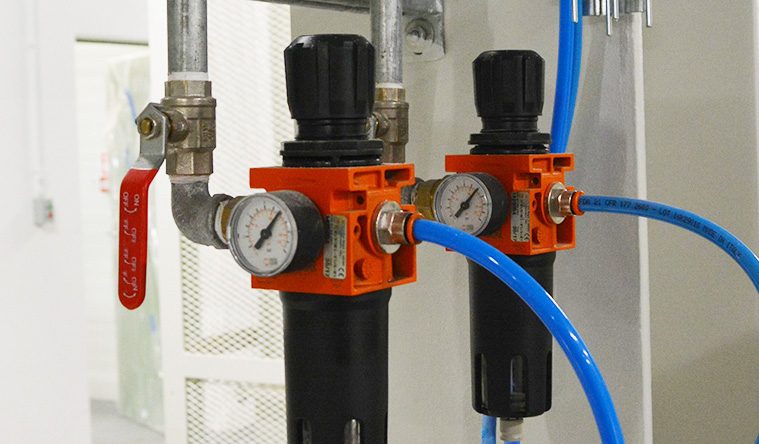Potential energy is stored in compressed air. A piece of equipment, the air compressor, makes this possible. That is, by forcing air into a storage tank thereby increasing pressure. The basic function of an air compressor is to increase the pressure while decreasing the volume of gas.
Classified according to the amount of pressure delivered, there are:
- Low-pressure air compressors (LPAC) – discharge pressure of not more than 150psi
- Medium-pressure air compressors (MPAC) – discharge pressure of 151-1,000psi
- High-pressure air compressors (HPAC) – discharge pressure above 1,000psi
Air compressors can also be classified according to the methods of air compression or displacement types:
- Positive Displacement
This type of compressor forces air in a chamber that compresses air by a reduction in its volume. Upon reaching the maximum pressure, a port or valve discharges air into the outlet system.
- Roto-dynamic Displacement
This makes use of centrifugal force created by a spinning impeller to accelerate then decelerate trapped air, thereby pressurizing it.

Compressed Air and Its Industrial Uses
Most industries require a safe non-heat producing power with a dependable flow – compressed air. This need led to the development and production of the air compressor for industrial use. The diverse uses and applications of compressed air make it a necessity in most modern industries. The following are but some of the industrial environments which use compressed air in their applications :
- Pharmaceutical Industry
The pharmaceutical industry is a highly regulated one. Having to pass through a series of approvals and certifications by different government and non-government agencies. They depend on equipment that provides high precision and performance. Air compressors aid the drug manufacturers and distributors by:
- running an efficient conveyor system
- regulating the pressure in mixing and holding tanks
- proper packaging of end products
- Manufacturing Industry
Roughly 80-90% of manufacturing facilities use compressed air as their main source of energy. Compressed air provides power to manufacturing and production by providing power to the likes of:
- roller and feed machines
- pneumatic devices
- automated machines
- cutting and welding machines
- Agriculture
Due to its durability and cost-effectiveness, compressed air is often used for :
- ventilation systems
- dairy machines
- pesticide and fertilizer spraying
- feed and grain conveyors
- pneumatic operations
- Small or medium-scale business ventures like laundry/dry cleaning, automotive repair shops, carpentry services and a multitude of others greatly benefit from the utilization of compressed air.
The production of compressed air by an air compressor may be more costly, thus increasing a company’s initial expense. In the long run, however, it can minimize your business overhead in a variety of ways that make it invaluable in the industrial setting.


